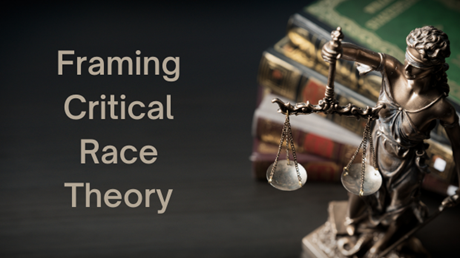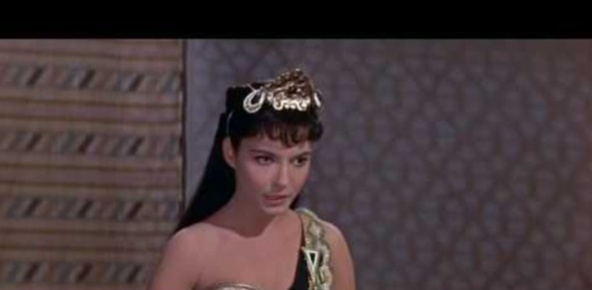Looking at Critical Race Theory through a missiologist's eyes.

An intense and complex tension pervades American Evangelicalism regarding Critical Race Theory.[1] As a missiologist, I filtered CRT’s primary voices through a missiological method [2] and provide analysis in this four-part series. In part-one I share a brief history and basic heart (or themes) of CRT. In parts two and three I bring CRT’s themes to Scripture for an objective measurement of it’s claims. In part-four I answer questions I receive about CRT and categorize as blessings and burdens. I pray my work gives clarity, challenge, and a greater conviction for the Body of Christ to move forward in living on Jesus’ mission together in gospel community and through gospel proclamation.
A Brief History of CRT
Some current voices tether CRT to Marxism [3] since Max Horkheimer’s formation of Critical Theory (CT) emphasized Marxist thought. However, second generation CT scholar Jürgen Habermas expanded research beyond Marxism to assess how “claims to truth, but also moral and political goodness, are justified”.[4] Habermas’ pivot of CT away from Marxism exposed how secularism kept religious thought out of spaces of law and politics, thus preventing a better model of society.
In “Religion in the Public Sphere”, Habermas says religious voices can impact society for good if they communicate their ideas in understandable language for the irreligious.[5] Habermas appeals to the Biblical social vision that every human is made in God’s image (Gen 1:26-27), and provides a possible translation that identifies the inviolable dignity every human has.[6] I will revisit Habermas’ work in part four.
For now, it must be understood CRT directly grew out from Critical Legal ...
from Christianity Today Magazine
via




.gif)

.gif)
.gif)
